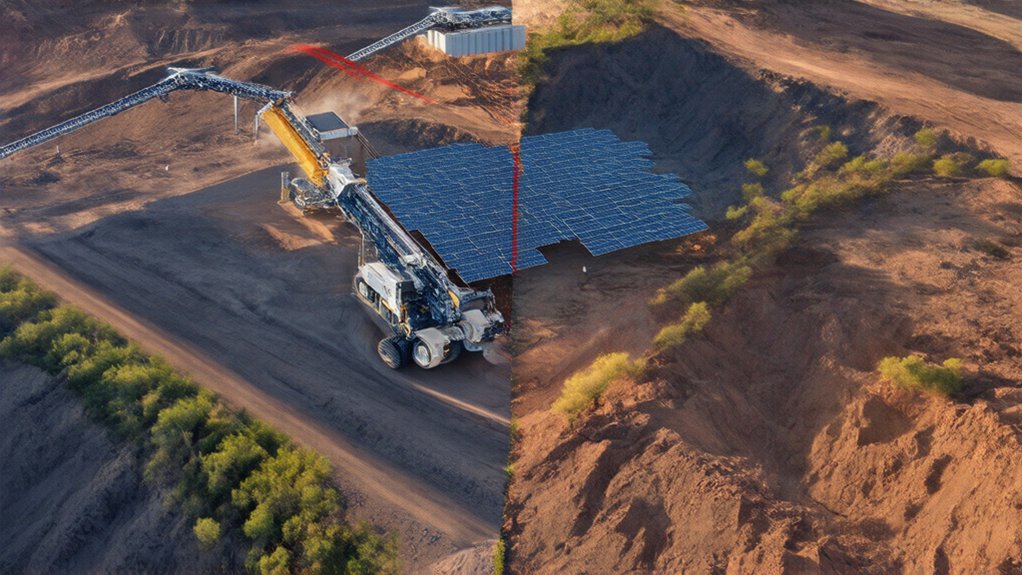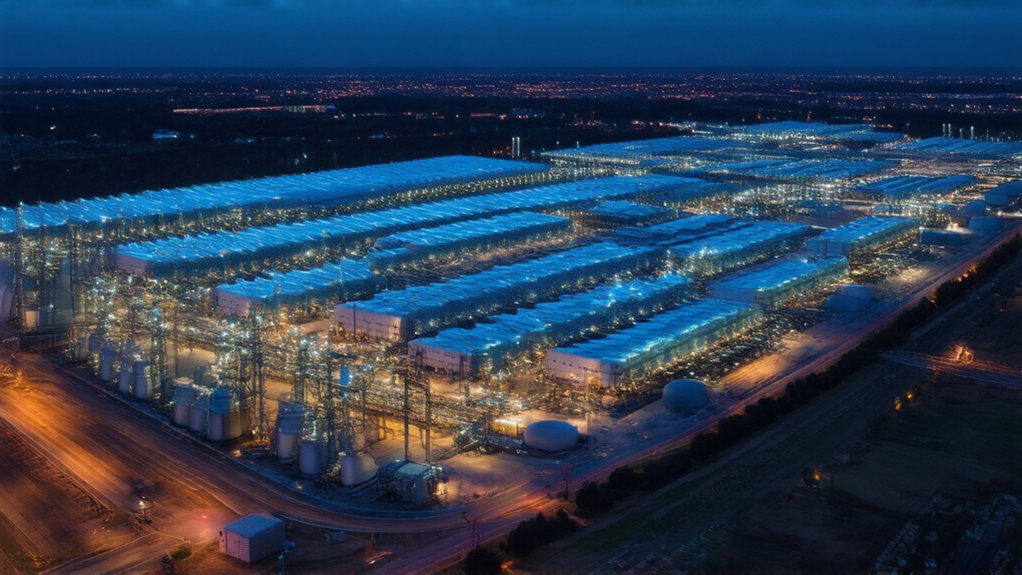While technology has always shaped how humans interact with the natural world, artificial intelligence is completely rewriting the rulebook. It’s not even subtle. AI-powered systems are now monitoring our planet through a web of satellites, drones, and sensors—constantly collecting data on everything from soil conditions to forest cover. The machines don’t sleep, don’t blink, don’t miss a thing.
This digital revolution is transforming resource-intensive industries. Farmers are using AI to decide precisely how much water and fertilizer their crops need. No guesswork, just algorithms. In energy sectors, smart meters feed data to systems that spot inefficiencies humans would miss. Mining companies—historically not the poster children for environmental sensitivity—are now using AI to find mineral deposits with less environmental disruption. The irony isn’t lost on anyone. The integration of quantum computing systems is accelerating these technological breakthroughs in resource management beyond what traditional computers can achieve.
AI is quietly revolutionizing industries notorious for waste, yet consumes resources at a rate that raises eyebrows.
Safety improvements are dramatic too. AI predicts equipment failures before they happen in mines. It spots structural weaknesses in tunnels. Workers stay alive. Companies save money. Everybody wins. Sort of.
Climate change efforts are getting an AI boost as well. Better weather forecasts. More efficient renewable energy. Buildings designed to waste less power. Even carbon capture technologies are being optimized by machines that think faster than we do. AI systems continuously develop early warning systems that help communities prepare for natural disasters and mitigate damage. These powerful algorithms are revolutionizing the way we approach predictive climate modeling for more effective strategies to combat global warming.
But here’s the kicker: AI itself is an environmental glutton. The energy needed to train large language models could power a small city. Data centers guzzle water like it’s free. The minerals needed for all those processors and servers? They’re being ripped from the earth at unprecedented rates.
The relationship between AI and natural resources is complicated. These systems help us use resources more efficiently while simultaneously demanding more resources themselves. It’s a technological paradox. We’re building smart systems to solve problems created by our previous technologies. Will it work? The algorithms are still crunching those numbers.




